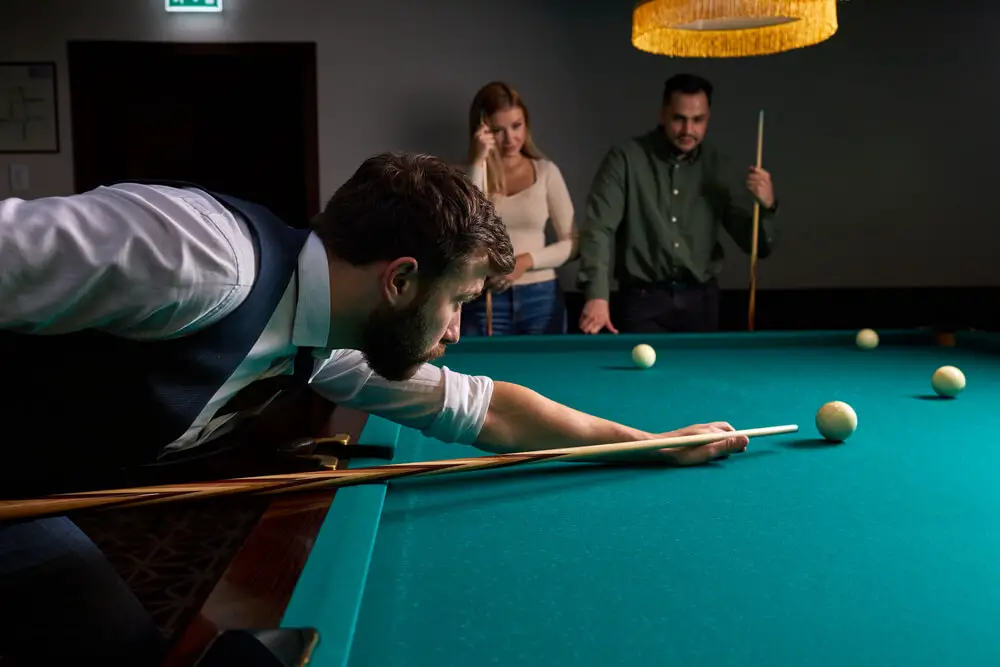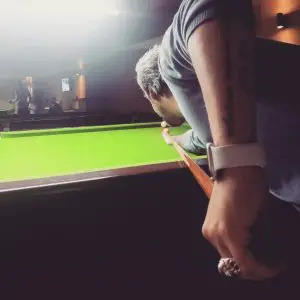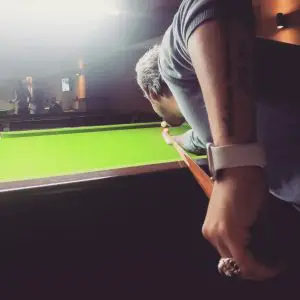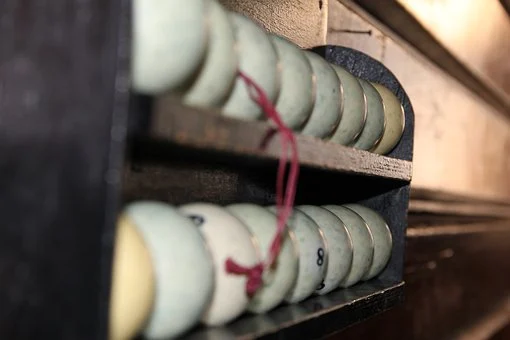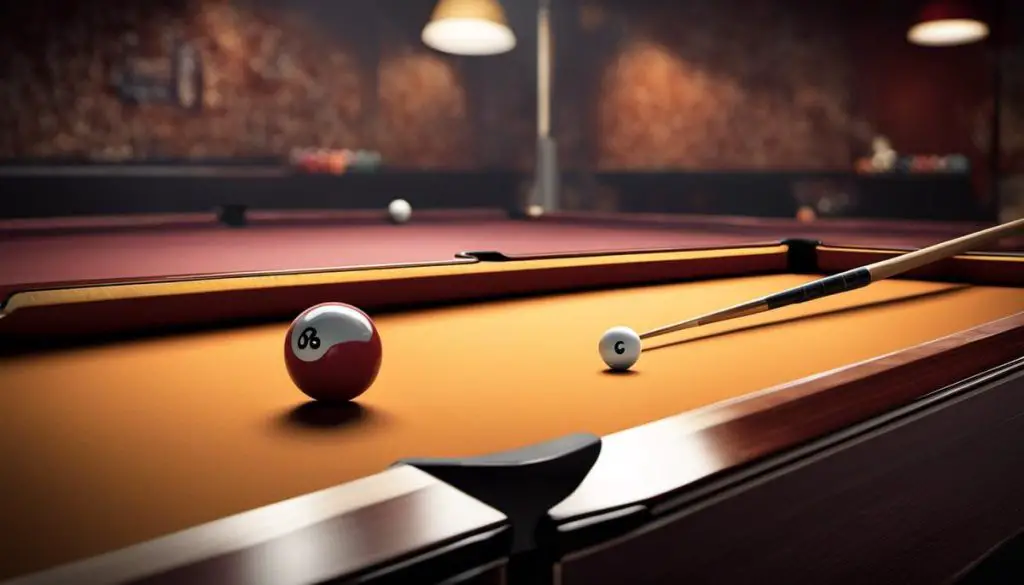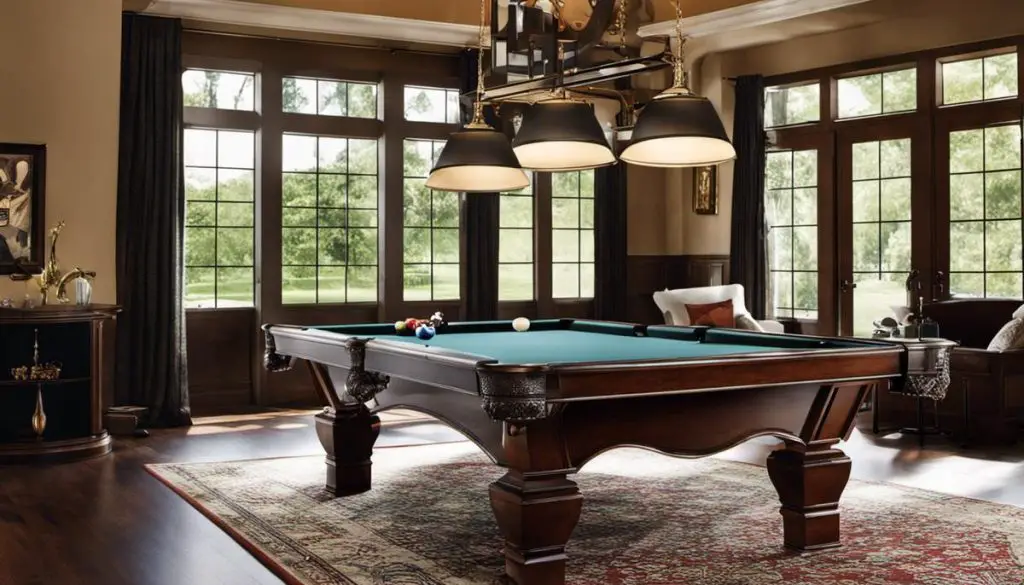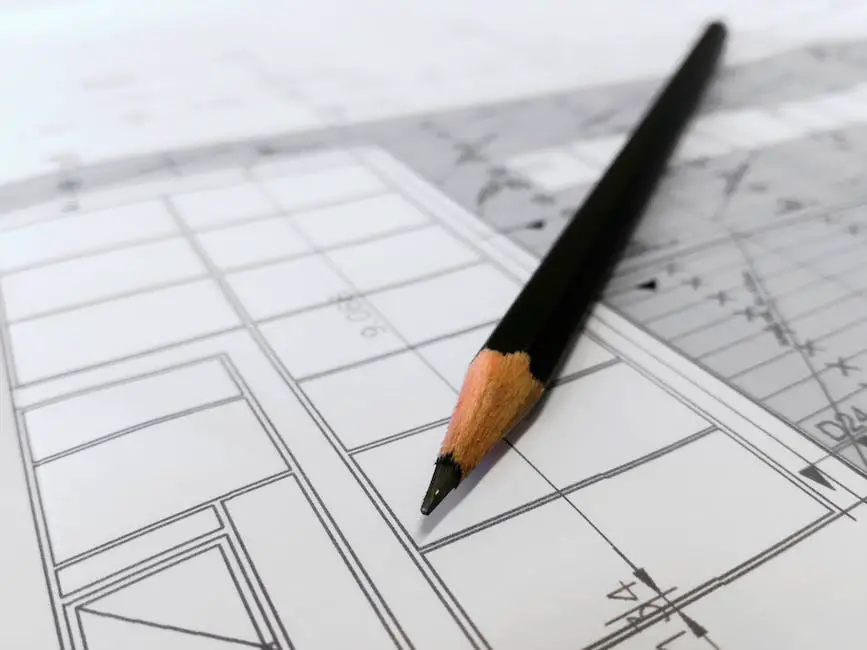The first thing to do is a 2-hour soak in a vat of water with a special non-yellowing agent. This prevents the wood from getting any coloration, as well as hardening it up enough to be further manipulated. After this, each piece is steamed until malleable and then bent into shape over an oil-soaked form. It is then glued up to dry.
The next step is the most time-consuming: hogging out the bulk of the wood with a saw or shaper. This can take many days, depending on how fancy you want your cue to be! After that, it’s back into the steamer for another bend and more shaping.
The next step is to drill the holes for the shaft, chalk holder, and butt plate. This can be done with a handheld power drill or a specialized machine. After that comes more gluing—specifically, for the tip, ferrule (the metal piece at the end of your stick), and handle wrap.
Once everything is dry, it’s time for sanding, which can start with a rough grit and finish up with fine grit.
After this comes the stain, which is applied several times with different methods to achieve the desired coloration—the most common being ebony or walnut. After that comes shellacking, to make your finished product shiny and smooth!
Finally, after your cue is completely finished, it’s off to the jeweler to get a tip attached. There are many different types of tips that can be applied (leather or rubber or even metal), but this depends on preference and play style. Now you’re ready to use your new pool cue!
how to repair pool cues
What’s the first thing you think of when someone breaks their pool cue? For me, it’s how much it would cost to fix. I’m lucky enough that my pool cues haven’t broken on me yet, but I know they will eventually. And when they do break, I want to be able to repair them myself, because naturally, it’s cheaper than paying an expert to do it. Here’s how I’m going to go about fixing my pool cues when they break:
Sticks of all kinds are prone to breaking, and that includes hitting the cue ball too hard or making a shot with not enough finesse. Especially for me, since I am still learning how to play, my pool cues will be breaking left and right. So, when the inevitable happens I want to be prepared with a basic knowledge of how to repair them myself. Luckily for me, there are kind people out there that have made instructions on how to fix your own pool cue.
how do telescopic pool cues work
A telescopic pool cue is composed of three parts, the grip section, the middle joint, and the butt. The most common types are two-piece cues which break down into three or four sections (though there are also one-piece versions), but it is not uncommon to find cues called “extendable” that can be extended and retracted like a telescope. Telescoping shafts were made popular by the McDermott company, which patented their own design, but they are now produced by other companies as well.
What makes pool cues telescopic is the center joint; it allows for different pieces to be combined together in order to produce a longer pool cue. This piece of equipment is commonly made of metal or graphite, and it has a series of rings that “telescope” to help the separate pieces slide in and out smoothly. There are several parts that can break on your telescopic pool cue, including the joints themselves. When this happens, you will need to take apart all the different sections in order to replace the broken piece.
*The author of this article is not an expert on the subject of pool cues. This article should be used as knowledge*

